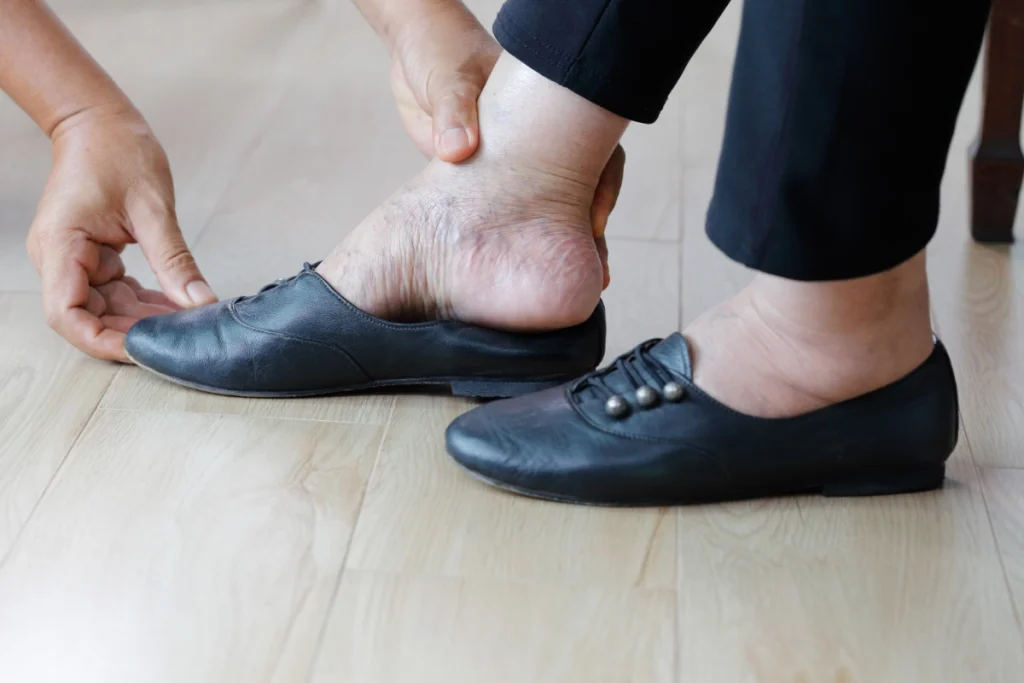AApoA1 amyloidosis is a hereditary condition and so can be relatively quickly diagnosed if detailed family medical information is available. If one or more others in the family have or had similar symptoms, a genetic test can easily confirm the diagnosis.
Your doctor may want to take a biopsy to make sure that it’s is the AApoA1 that is causing your symptoms and not some other disease. If you have no knowledge of your family’s medical history, then a biopsy, together with results from other blood and urine tests and scans will be needed to provide an accurate diagnosis.




